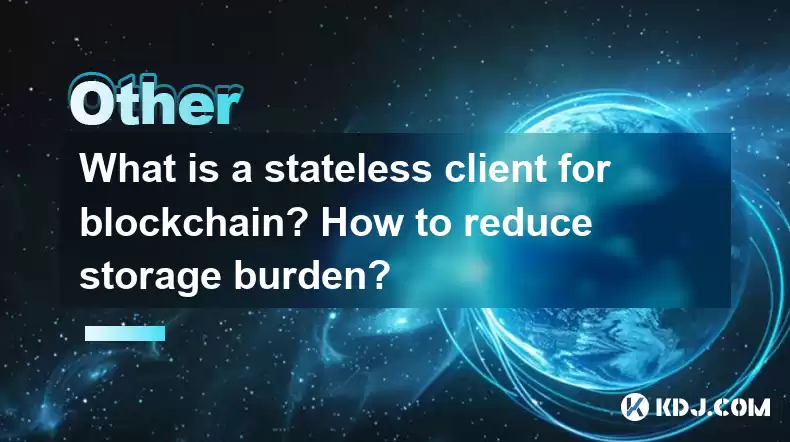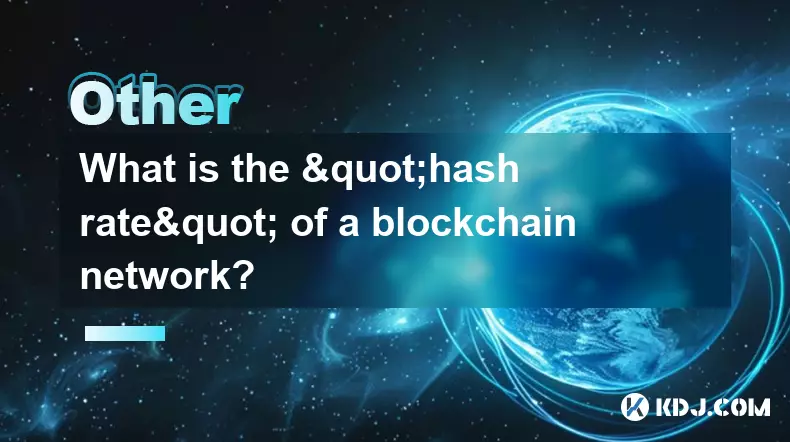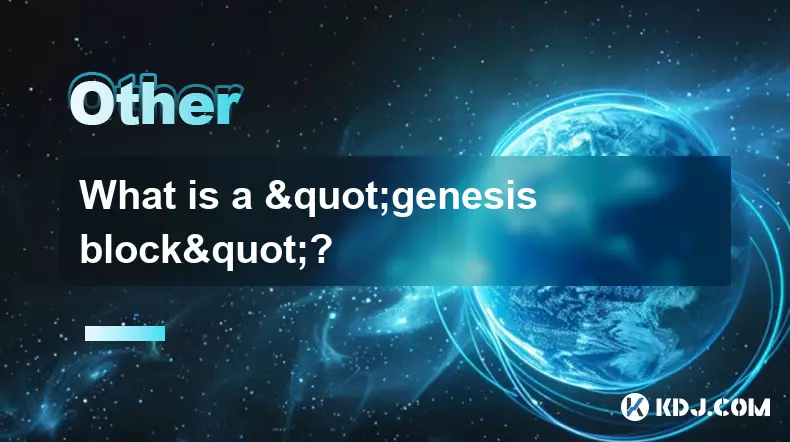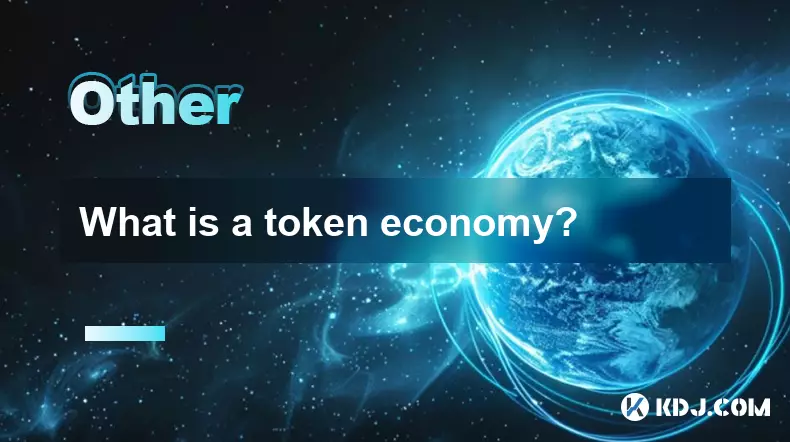-
 bitcoin
bitcoin $111743.690167 USD
0.54% -
 ethereum
ethereum $3950.699791 USD
0.55% -
 tether
tether $1.000164 USD
-0.01% -
 xrp
xrp $2.611685 USD
2.58% -
 bnb
bnb $1122.616845 USD
1.30% -
 solana
solana $193.462394 USD
-0.26% -
 usd-coin
usd-coin $0.999872 USD
-0.03% -
 dogecoin
dogecoin $0.196092 USD
-1.61% -
 tron
tron $0.296693 USD
-0.41% -
 cardano
cardano $0.652995 USD
-0.60% -
 hyperliquid
hyperliquid $44.316120 USD
12.98% -
 chainlink
chainlink $17.906269 USD
0.05% -
 ethena-usde
ethena-usde $0.999193 USD
-0.02% -
 stellar
stellar $0.326600 USD
1.70% -
 bitcoin-cash
bitcoin-cash $513.235984 USD
1.57%
What is a stateless client for blockchain? How to reduce storage burden?
Stateless clients reduce storage needs on blockchain networks, enabling devices like smartphones to participate by retrieving data on-demand from full nodes.
Apr 27, 2025 at 08:01 pm

A stateless client for blockchain refers to a type of software that interacts with a blockchain network without the need to store the entire state of the blockchain. This approach significantly reduces the storage burden on individual nodes, making it more feasible for devices with limited resources to participate in the network. In this article, we will explore the concept of stateless clients and discuss various strategies to reduce the storage burden in blockchain systems.
Understanding Stateless Clients
Stateless clients are designed to operate with minimal local storage. Instead of maintaining a full copy of the blockchain's state, these clients rely on external sources to retrieve the necessary data on-demand. This approach contrasts with traditional full nodes, which store the entire history and current state of the blockchain.
The primary advantage of stateless clients is their ability to function with lower resource requirements. This makes it possible for lightweight devices, such as smartphones and IoT devices, to interact with the blockchain without the need for extensive storage capabilities. By reducing the storage burden, stateless clients can enhance the scalability and accessibility of blockchain networks.
How Stateless Clients Work
Stateless clients operate by requesting specific pieces of data from full nodes or other sources when needed. This is achieved through a process known as state retrieval. When a stateless client needs to verify a transaction or execute a smart contract, it sends a request to a full node, which then provides the required state data.
To ensure the integrity of the data received, stateless clients often use cryptographic proofs. These proofs allow the client to verify the authenticity of the data without needing to store the entire blockchain. This approach not only reduces storage requirements but also enhances the security of the system by minimizing the attack surface.
Benefits of Stateless Clients
The adoption of stateless clients offers several benefits to blockchain networks. Reduced storage requirements are the most obvious advantage, as these clients do not need to store the entire blockchain. This makes it easier for more devices to participate in the network, thereby increasing decentralization.
Another benefit is improved scalability. By offloading the storage burden to full nodes, stateless clients can help the network handle a larger number of transactions and users. This is particularly important for blockchain platforms that aim to support high-throughput applications.
Additionally, stateless clients can enhance privacy. Since these clients do not store the entire blockchain, they are less likely to leak sensitive information. This can be particularly beneficial for users who prioritize data privacy and security.
Strategies to Reduce Storage Burden
There are several strategies that can be employed to reduce the storage burden in blockchain systems. One approach is to use pruned nodes. Pruned nodes store only a subset of the blockchain data, typically the most recent blocks, and discard older data. This allows nodes to operate with less storage while still participating in the network.
Another strategy is to implement sharding. Sharding involves dividing the blockchain into smaller, more manageable pieces called shards. Each shard is responsible for a subset of the network's data, allowing nodes to store only the data relevant to their shard. This can significantly reduce the storage requirements for individual nodes.
Off-chain storage solutions can also be used to reduce the storage burden. By storing less frequently accessed data off-chain, the on-chain storage requirements can be minimized. This approach is often used in conjunction with solutions like the InterPlanetary File System (IPFS) or other decentralized storage networks.
Implementing Stateless Clients
To implement a stateless client for a blockchain, several steps need to be followed. Here is a detailed guide on how to set up a stateless client:
Choose a blockchain platform: Select a blockchain platform that supports stateless clients. Ethereum, for example, has been exploring stateless client implementations through its Ethereum 2.0 upgrade.
Set up the client software: Download and install the stateless client software. This software should be designed to interact with the chosen blockchain platform without storing the entire state.
Configure the client: Configure the client to connect to full nodes or other data sources. This may involve setting up network connections and specifying the addresses of the full nodes.
Implement state retrieval: Develop or use existing libraries to implement state retrieval functionality. This involves sending requests to full nodes and processing the received data.
Integrate cryptographic proofs: Ensure that the client can verify the integrity of the received data using cryptographic proofs. This may involve integrating libraries that support zero-knowledge proofs or other verification mechanisms.
Test the client: Thoroughly test the stateless client to ensure it can interact with the blockchain correctly. This includes verifying transactions, executing smart contracts, and handling various network conditions.
Deploy the client: Once testing is complete, deploy the stateless client to the target devices. This may involve distributing the software to users or integrating it into existing applications.
Challenges and Considerations
While stateless clients offer many benefits, there are also challenges and considerations to keep in mind. One challenge is network latency. Since stateless clients rely on external sources for data, they may experience delays in retrieving the necessary information. This can impact the performance of the client, particularly in high-throughput scenarios.
Another consideration is security. While stateless clients can enhance privacy, they also introduce new security risks. For example, if a full node providing data to a stateless client is compromised, it could potentially provide false information. To mitigate this risk, it is important to implement robust verification mechanisms and use multiple data sources.
Compatibility is also a key consideration. Not all blockchain platforms support stateless clients, and even those that do may have different implementations. When developing a stateless client, it is important to ensure compatibility with the target blockchain platform and any existing infrastructure.
Frequently Asked Questions
Q: Can stateless clients be used with any blockchain platform?A: Not all blockchain platforms support stateless clients. It is important to check the documentation and specifications of the target platform to determine if stateless clients are supported and how they can be implemented.
Q: How do stateless clients impact the overall security of a blockchain network?A: Stateless clients can enhance security by reducing the attack surface, as they do not store the entire blockchain. However, they also introduce new risks, such as reliance on external data sources. Robust verification mechanisms and the use of multiple data sources can help mitigate these risks.
Q: Are there any performance trade-offs when using stateless clients?A: Yes, stateless clients may experience performance trade-offs due to network latency. Since they rely on external sources for data, there may be delays in retrieving the necessary information. This can impact the performance of the client, particularly in high-throughput scenarios.
Q: How can developers ensure the privacy of users when using stateless clients?A: Developers can enhance user privacy by implementing strong encryption and using decentralized data sources. Additionally, minimizing the amount of data stored locally and using cryptographic proofs to verify data integrity can help protect user privacy.
Disclaimer:info@kdj.com
The information provided is not trading advice. kdj.com does not assume any responsibility for any investments made based on the information provided in this article. Cryptocurrencies are highly volatile and it is highly recommended that you invest with caution after thorough research!
If you believe that the content used on this website infringes your copyright, please contact us immediately (info@kdj.com) and we will delete it promptly.
- Essex Post Office, 5p Coins, and King Charles: A Royal Mint Revelation!
- 2025-10-23 10:30:16
- Waymo's Newark Airport AV Tests: Alphabet's AI Gamble Pays Off?
- 2025-10-23 10:30:16
- King Charles 5p Coins: A Royal Flush in Your Pocket?
- 2025-10-23 10:35:18
- Solana, Crypto Advisory, and Forward Industries: A New York Minute on the Future of Finance
- 2025-10-23 08:51:22
- MAGACOIN: Ethereum Whales Dive into the Hottest Presale of 2025
- 2025-10-23 08:51:22
- Kadena's End of the Road? KDA Token Plummets Amid Project Abandonment
- 2025-10-23 08:55:34
Related knowledge

What is a block explorer and how do you use it?
Oct 24,2025 at 12:36am
What Is a Block Explorer?1. A block explorer is a web-based tool that allows users to view and analyze data on a blockchain network in real time. It f...

What is the "hash rate" of a blockchain network?
Oct 10,2025 at 03:55pm
Understanding Hash Rate in Blockchain Networks1. The hash rate refers to the total computational power being used to process transactions and mine new...

What is a "genesis block"?
Oct 15,2025 at 07:55pm
Understanding the Genesis Block in CryptocurrencyThe genesis block is the very first block in a blockchain network. It serves as the foundation upon w...

Who is Satoshi Nakamoto?
Oct 15,2025 at 01:01pm
Who is Satoshi Nakamoto?1. Satoshi Nakamoto is the pseudonymous individual or group credited with creating Bitcoin, the first decentralized cryptocurr...

How does blockchain technology actually work?
Oct 11,2025 at 02:36pm
Understanding the Core Mechanism of Blockchain1. At its foundation, blockchain is a decentralized digital ledger that records transactions across mult...

What is a token economy?
Sep 20,2025 at 12:18am
Understanding the Foundations of a Token Economy1. A token economy in the context of cryptocurrency refers to a system where digital tokens are used a...

What is a block explorer and how do you use it?
Oct 24,2025 at 12:36am
What Is a Block Explorer?1. A block explorer is a web-based tool that allows users to view and analyze data on a blockchain network in real time. It f...

What is the "hash rate" of a blockchain network?
Oct 10,2025 at 03:55pm
Understanding Hash Rate in Blockchain Networks1. The hash rate refers to the total computational power being used to process transactions and mine new...

What is a "genesis block"?
Oct 15,2025 at 07:55pm
Understanding the Genesis Block in CryptocurrencyThe genesis block is the very first block in a blockchain network. It serves as the foundation upon w...

Who is Satoshi Nakamoto?
Oct 15,2025 at 01:01pm
Who is Satoshi Nakamoto?1. Satoshi Nakamoto is the pseudonymous individual or group credited with creating Bitcoin, the first decentralized cryptocurr...

How does blockchain technology actually work?
Oct 11,2025 at 02:36pm
Understanding the Core Mechanism of Blockchain1. At its foundation, blockchain is a decentralized digital ledger that records transactions across mult...

What is a token economy?
Sep 20,2025 at 12:18am
Understanding the Foundations of a Token Economy1. A token economy in the context of cryptocurrency refers to a system where digital tokens are used a...
See all articles










































































